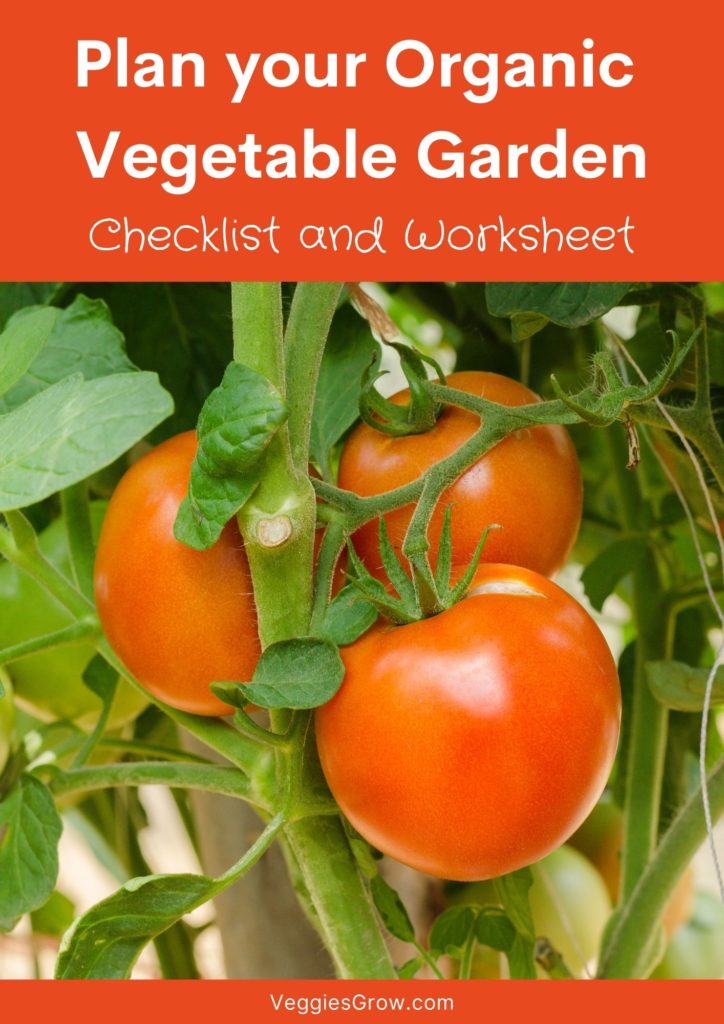Many of us think that starting seeds is the first step in growing a vegetable garden. That is not true. The first step in growing a vegetable garden is to create a proper plan. A lot can go wrong if you don’t create even a simple plan out of this. Today I’m sharing with you 4 common mistakes that you may not even realize that you are making until you lose the chance of even starting your vegetable garden.
Interested in reading my big fat failure story that led me to realize these mistakes? Click here
Mistake #1: Using the wrong type of seed starting medium
Seeds need a medium through which their roots can grow very easily so that they develop a strong root system. In addition, the medium should contain enough nutrients to support the plant until it’s transplanted into a bigger container or into its final place in your vegetable garden.
Garden soil should never be used to start seeds because it compacts easily in containers. Instead, potting soil or a mixture or medium specifically made for seed starting should be used. After trying quite a few different mediums, my favorite seed starting is now <coco peat> mixed with aged <compost>.
The medium should not contain a fertilizer that is too strong since seedlings are very fragile and are easily affected by their environment. Adding too much fertilizer will result in burnt seedlings that turn completely yellow.
Mistake #2: Starting too many or too few seeds
Starting too many seeds or too few seeds at one time can both create problems. If you start too many seeds than are needed or you have room for, there is a high chance that you will not be able to properly care for all the seedlings and most of them will get neglected or worse, be affected by pests or diseases.
Similarly, you should start enough seeds so that you will be able to grow the correct number of plants to get a harvest that you can actually use the way you want to. There are 4 main factors that you need to consider when deciding on how many plants you will need to grow. They are the minimum number of plants needed for the vegetable to be produced, for you to have enough for a meal, why you are growing each vegetable and the maximum number of plants that you have space for. You can read this blog post to understand more about how each of these 4 factors will affect your decision.
Once you have determined the number of plants that you need to grow and will have room for, you can start just three or four more seeds than you need. You can always start more seeds later, depending on how long it takes until harvest and the length of your growing season.
Mistake #3: Not planning where you will locate your vegetable garden before you start your seeds
Seedlings can be kept in the containers that they are started in for a few weeks depending on the container size and whether or not the growing medium contains nutrients.
Despite this, you should decide on where you will transplant your seedlings, before starting your seeds so that you have enough time to prepare. Once you have a designated place for your seedlings, you will know exactly how much space you have and then can decide on exactly how many seeds you should start.
Vegetable gardens can be planted directly in the ground, in raised beds either connected to the ground or not, or in containers. The most basic and easiest to maintain is an in-ground vegetable garden, as long as you have good, well-draining soil. However, a raised bed vegetable garden or a container vegetable garden may be more suitable for you depending on your needs, your lifestyle, and the space you have available.
Planting your vegetable garden in the most suitable place that you have, where the vegetable plants have all their needs met, is also crucial for the success of your garden. If you are not sure how to find the best place for your vegetable garden you can read this blog post to find out exactly what a vegetable garden needs and how to find the most suitable location that you have.
Mistake #4: Leaving seedlings that aren’t going to get transplanted in their original containers
Seedlings need a minimum amount of space and nutrients to keep growing healthily. As mentioned before, the best would be to start just the number of seeds that you need and have room for.
In case you do start too many seeds than you need, the next best would be to get rid of the extra seedlings once they have germinated. The biggest and fastest-growing seedlings are usually the most likely to give you the best harvest. So you can keep the seedlings that have grown the best and dispose of the others or give them to another gardener.
It can be heartbreaking to dispose of seedlings that you’ve grown from seed but it is something that must be done so that the other seedlings get a good chance of surviving. Plants that are not healthy are easily affected by pests and diseases, which can easily affect other healthy plants and can be troublesome to get rid of completely.
Creating a plan for your vegetable garden before you start one is crucial for the success of your garden. A plan doesn’t guarantee that you won’t run into any problems but it makes it a lot more likely that you’ll run into fewer problems and have a chance at getting the best harvest possible.
You can start creating your plan by downloading our ‘Plan your Organic Vegetable Garden: Checklist and Worksheet’ that will guide you step-by-step through all the little but mighty decisions that you need to make before starting.


